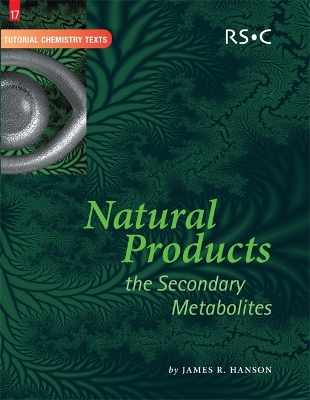Tutorial Chemistry Texts
2 primary works • 3 total works
Volume 12
Volume 17
Natural products are compounds that are produced by living systems and the secondary metabolites are those which give particular species their characteristic features. These natural products include polyketides, terpenoids, phenylpropanoids, alkaloids and antibiotics. The study of these natural products has played a major part in the development of organic and medicinal chemistry and we are now starting to understand the important ecological role that these compounds have. The aim of this book is to describe the major features of these compounds and the way in which chemical and physical methods have been used to establish their structures and then to show how these structures can be rationalised in biosynthetic terms. The first chapter describes the classes of natural product, their biological activity and isolation. Subsequent chapters attempt to link chemical and spectroscopic strategies in structure elucidation, contrasting the classical chemical strategies that were used in the past with modern spectroscopic methods. The final chapter describes the biosynthesis of natural products. The elucidation of the structures of natural products brings together many elements taught in courses on functional group chemistry, stereochemistry and elementary spectroscopy. This book will therefore be welcomed by lecturers and students of second-year chemistry courses. Ideal for the needs of undergraduate chemistry students, Tutorial Chemistry Texts is a major series consisting of short, single topic or modular texts concentrating on the fundamental areas of chemistry taught in undergraduate science courses. Each book provides a concise account of the basic principles underlying a given subject, embodying an independent-learning philosophy and including worked examples.


